Production Agriculture

In the semi-arid tropics of Asia and Africa, conditions can be difficult for crops. Plants need to have short growing seasons, survive on poor soils and tolerate environmental stresses.
Enter, the millets.

Texas has a long history of growing cotton. It’s a resilient crop, able to withstand big swings in temperature fairly well. However, growing cotton in the same fields year after year can be a bad idea. Nutrients can get depleted. Disease can lurk in the ground during the winter season, only to attack the following year. Thus, rotating cotton with other crops could be a better system.

When Hennig Brandt discovered the element phosphorus in 1669, it was a mistake. He was really looking for gold. But his mistake was a very important scientific discovery. What Brandt couldn’t have realized was the importance of phosphorus to the future of farming.

Fertilizer is used worldwide in farming. It’s used to give plants a boost, increasing yield and ultimately farmers’ profits.
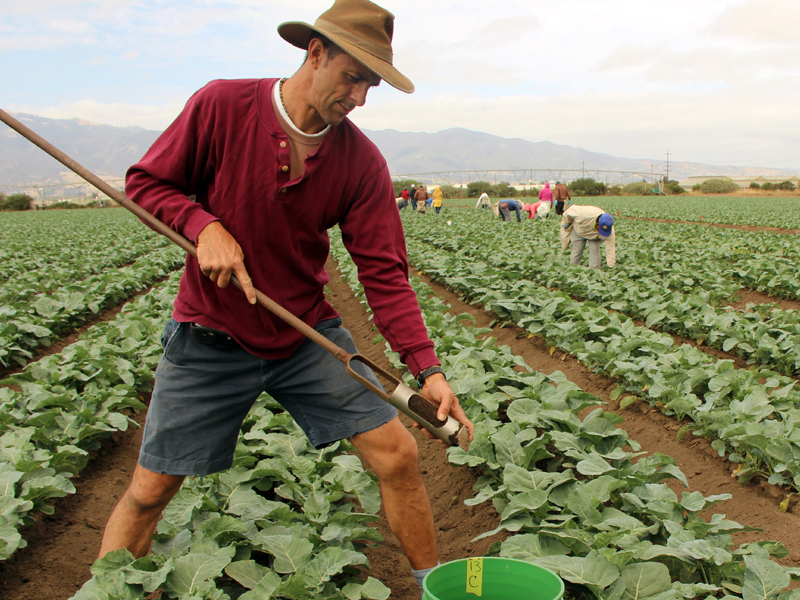
Soil organic matter has long been known to benefit farmers. The carbon in this organic matter acts as a food source for soil microbes, which then provide other nutrients to the crops grown. Microbes, insects and small soil critters produce materials that can improve soil structure and water retention. It’s a healthy ecosystem every farmer wants to encourage.
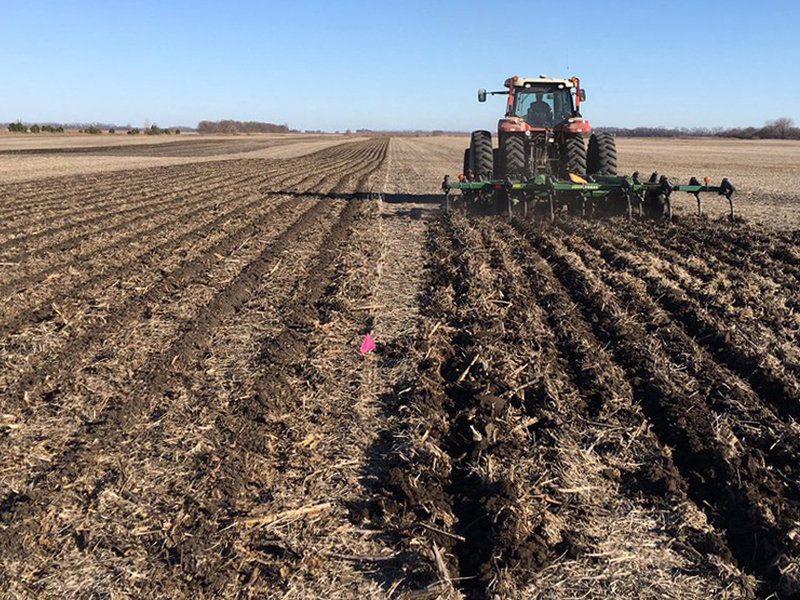
Just as we blend, cut, and fold ingredients together to follow a recipe, farmers use equipment to stir together soil and crop residue (stalks and roots of previous crops) before planting. This mechanical action is called tillage.
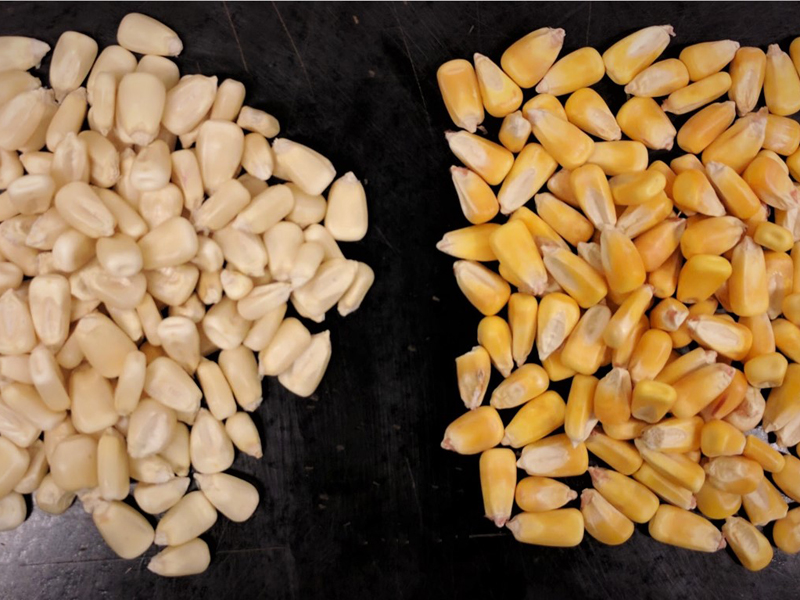
Products we commonly buy at the supermarket, such as tortillas and corn chips, are made from food grade corn. The corn is grown, harvested, bought by a food company, turned into masa (dough from ground corn) through a chemical process, and then made into our favorite products.

Each day, more than 2 billion cups of coffee are consumed worldwide.

Developing countries produce about 90% of the beans used to make all those lattes, espressos and mochas. That makes coffee a key source of revenue and livelihood for millions of people worldwide.
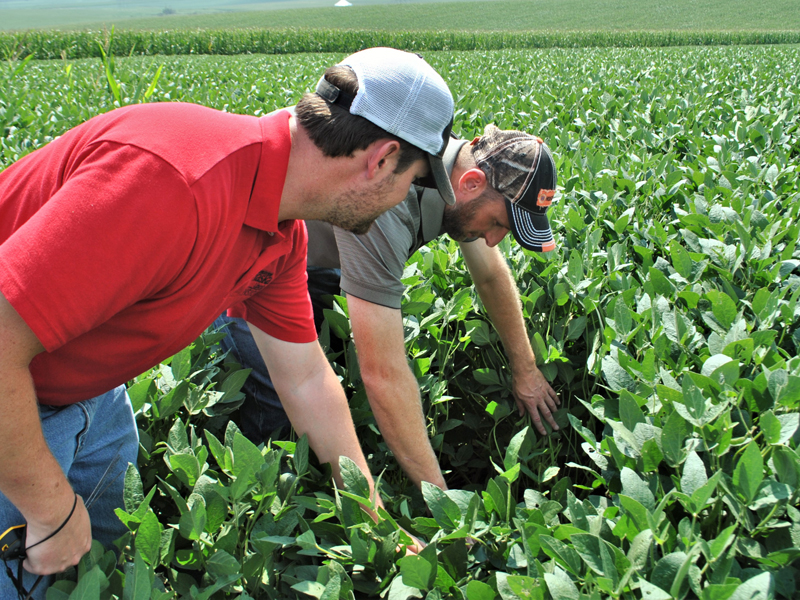
Farmers have been innovators and experimenters for millennia. They developed new types of crops and methods of farming.

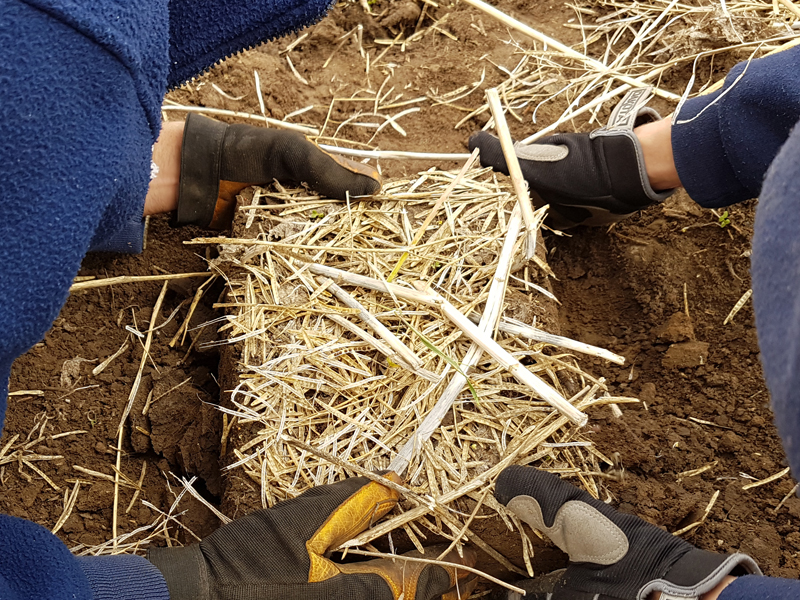
We’ve all heard about the magical combination of being in the right place at the right time. Well for fertilizer, it’s more accurate to say it should be in the right place at the right rate. A group of Canadian scientists wanted to find the perfect combination for farmers in their northern prairies.

